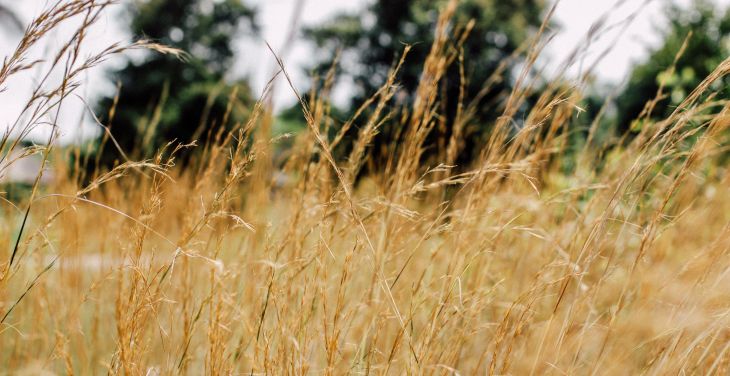Impact at a glance:
- Forecasting wheat rust disease to enable up to 500,000 smallholder farmers in Ethiopia to take timely preventative action.
- Predicting the spread of, and control options for, cassava brown streak disease in ten countries in Sub-Saharan Africa, leading to governmental policy changes.
- Informing strategy for the control of banana bunchy top virus for the Australian banana industry, worth AUS $605m to the country’s economy.
- Informing surveillance and management of tree diseases, ash dieback, ramorum disease of larch and oak processionary moth in the UK, and citrus greening in California, US.
“Pests and diseases remain one of the biggest threats to food production,
increasingly destabilising food security and livelihoods across climate-vulnerable regions around the world,” says Professor Chris Gilligan, Director of Research in the Department of Plant Sciences, University of Cambridge.“While farmers in these countries are struggling to control familiar pests and pathogens that are endemic, new pests and pathogens are appearing for the first time. Until now, these newly emerging threats have not been possible to predict.”
So, what has changed? The answer lies, in thinking big.
“In the past there’s been a tendency to focus on an individual crop when controlling a particular disease using genetic resistance or fungicides.” But, as Gilligan explains, when it comes to diseases that have no regard for boundaries and borders, that is not enough.
“Some diseases can spread very rapidly – these are known as transboundary pests and pathogens – in the context of the African continent you could have a disease that spreads through many countries in Sub-Saharan Africa within days or weeks.”
“As epidemiologists we realised that what your neighbour does, and their neighbour does and so on, really matters. We needed to think on a bigger scale.”
Landscape view from Kenya’s Kerio Escarpment of farmland, with the Great Rift Valley beyond.
Landscape view from Kenya’s Kerio Escarpment of farmland, with the Great Rift Valley beyond.
Multiple factors determine the spread of a disease: the crops themselves and how they are distributed across the landscape; the environment, which is now further complicated by climate change; the pathogens and their propensity to multiply and spread, and finally, there’s the influence of farmers’ behaviour in controlling disease.
Gilligan realised that what was needed was an “epidemiological toolkit” that could account for all the varying factors. The resource built with his team of modellers, biologists and computer scientists in the Department of Plant Sciences not only enables the tracking of diseases in real-time, it also predicts how an outbreak will unfold and how cost-effective interventions are for halting its spread.
The idea is to pull the epidemic below a threshold of prevalence in a landscape so that it fades out, explains Gilligan.
Key to the success of the models is collaboration with in-country partners. “We meet with agricultural extension workers and research scientists in Sub-Saharan Africa and South Asia to discuss what is feasible. Our aim is always to provide practical guidance in managing disease.
“Yes, models can be interesting for academic reasons, but we want to help people on the ground. When a grower in Kenya says, “I don’t want to know what it is; I want to know what to do about it,” that’s very telling.”
The modelling technology that Gilligan and his team have developed has been used by governments across the world and is helping to preserve livelihoods.







